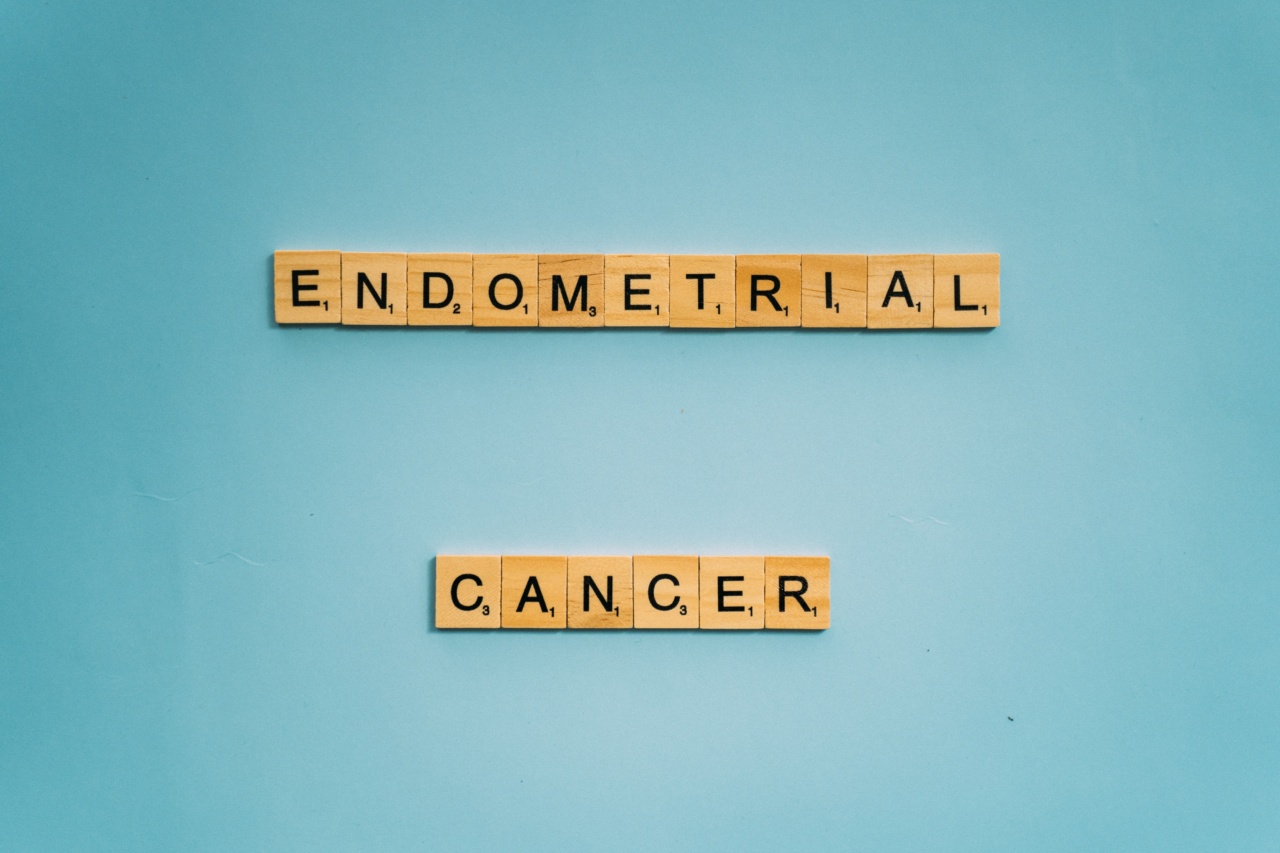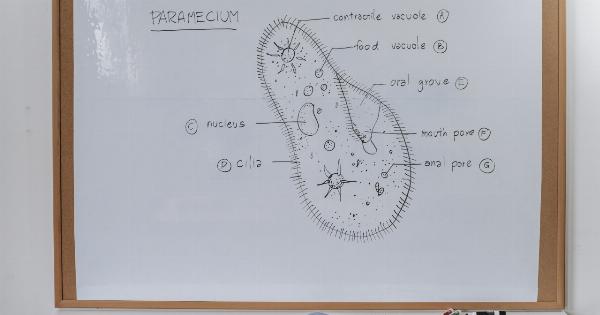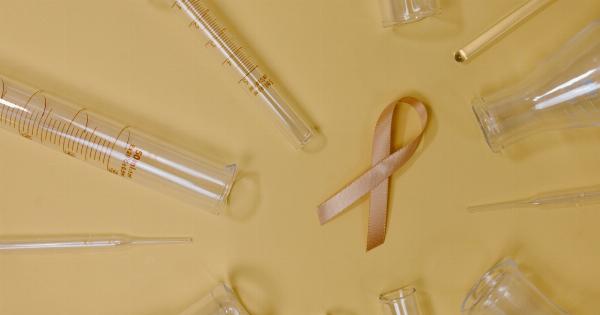Cervical cancer is a type of cancer that occurs in the cells of the cervix. It is usually caused by human papillomavirus (HPV), a sexually transmitted infection. This type of cancer can be prevented with early detection and prevention measures.
One such measure is the use of endometrial spiral.
What is Endometrial Spiral?
Endometrial spiral is a device that is inserted into the uterus to prevent the growth of abnormal cells. The device is made of plastic and contains a copper wire. The wire releases copper ions that prevent the growth of abnormal cells in the cervix.
The device is put in place by a healthcare professional and is usually left in the uterus for up to 10 years. It is a long-term solution to prevent the development of cervical cancer.
How Does it Work?
The endometrial spiral releases copper ions that prevent the growth of abnormal cells in the cervix. These abnormal cells can develop into cancer cells if left untreated.
The copper wire in the device helps to prevent this by releasing copper ions that kill the abnormal cells.
The device also prevents the growth of bacteria in the uterus. This reduces the risk of infection and other complications from developing.
Who Can Use it?
Endometrial spiral can be used by women who are at risk of developing cervical cancer.
Women who have a family history of cervical cancer, those who have had abnormal cervical cells in the past, or those who have been diagnosed with HPV are considered at risk.
It is also a good option for women who do not want to have children or have completed their family. The device is not recommended for women who are pregnant or have an infection in the uterus.
Benefits of Endometrial Spiral
Endometrial spiral has several benefits:.
- It is a long-term solution to prevent cervical cancer.
- It is not a hormonal method of contraception and does not interfere with natural hormone cycles.
- The device is easy to insert and remove.
- It is a low-cost option for long-term contraception and prevention of cervical cancer.
- The copper ions released help to prevent bacterial infections in the uterus.
Possible Side Effects
Endometrial spiral also has some possible side effects:.
- Increased menstrual bleeding and cramps.
- Spotting between periods.
- Perforation of the uterus during insertion or removal.
- Infection of the uterus.
- The device can be expelled from the uterus.
It is important to discuss the possible side effects and risks with a healthcare professional before deciding to use endometrial spiral.
Summary
Endometrial spiral is a long-term solution to prevent the development of cervical cancer. It releases copper ions that prevent the growth of abnormal cells in the cervix.
The device is easy to insert and use, and is a low-cost option for long-term contraception and prevention of cervical cancer. It is important to discuss the possible side effects and risks with a healthcare professional before deciding to use endometrial spiral.





























